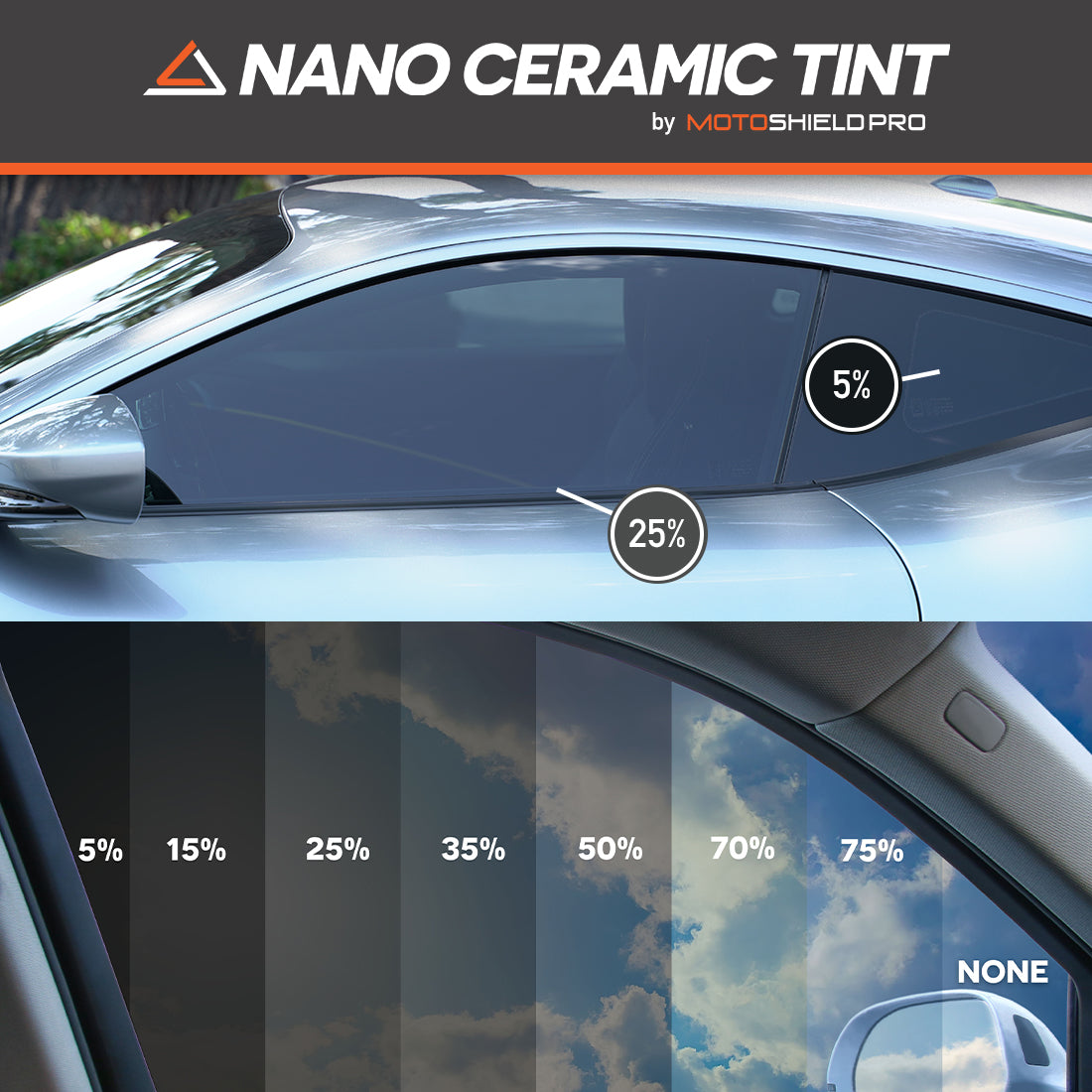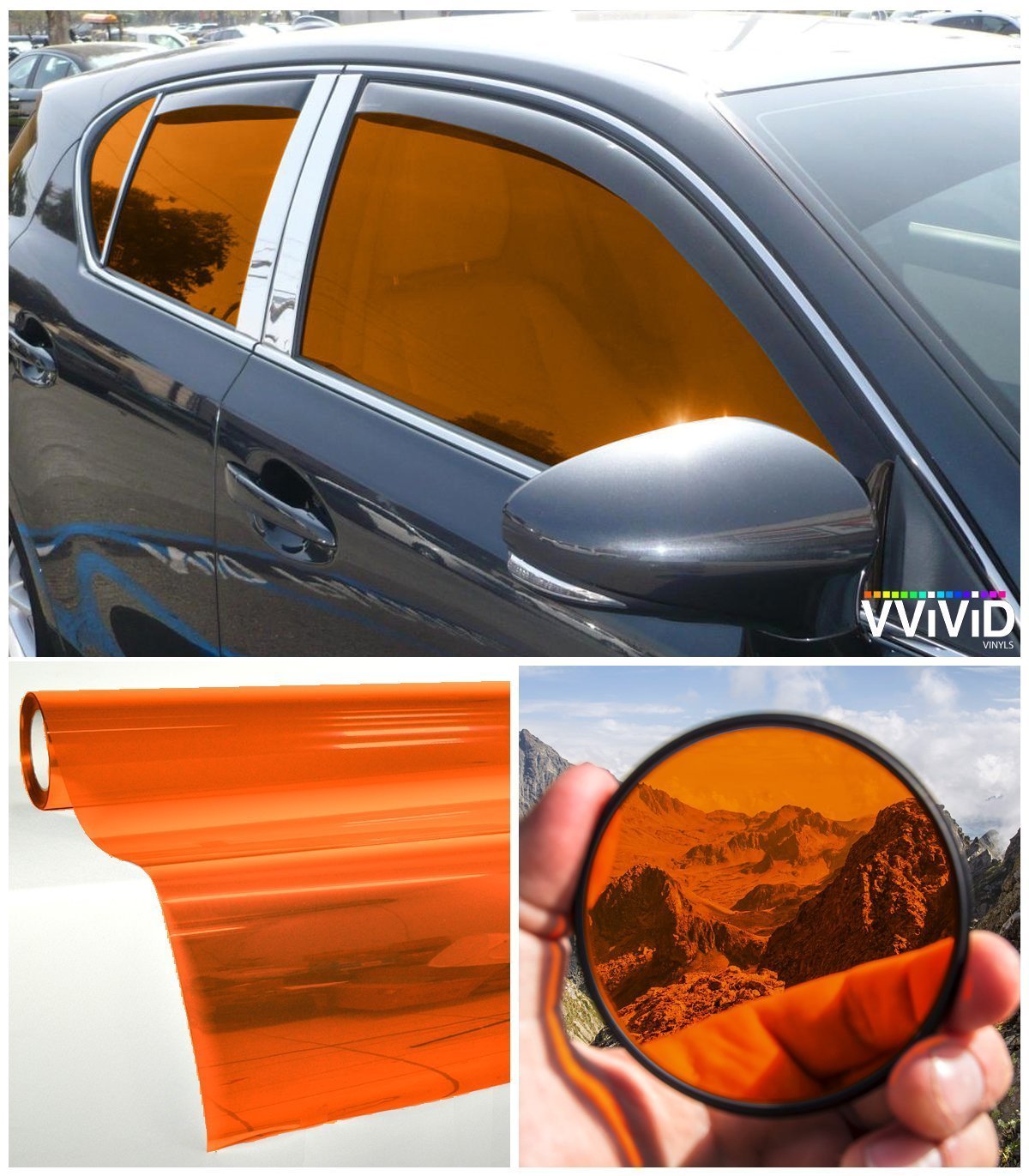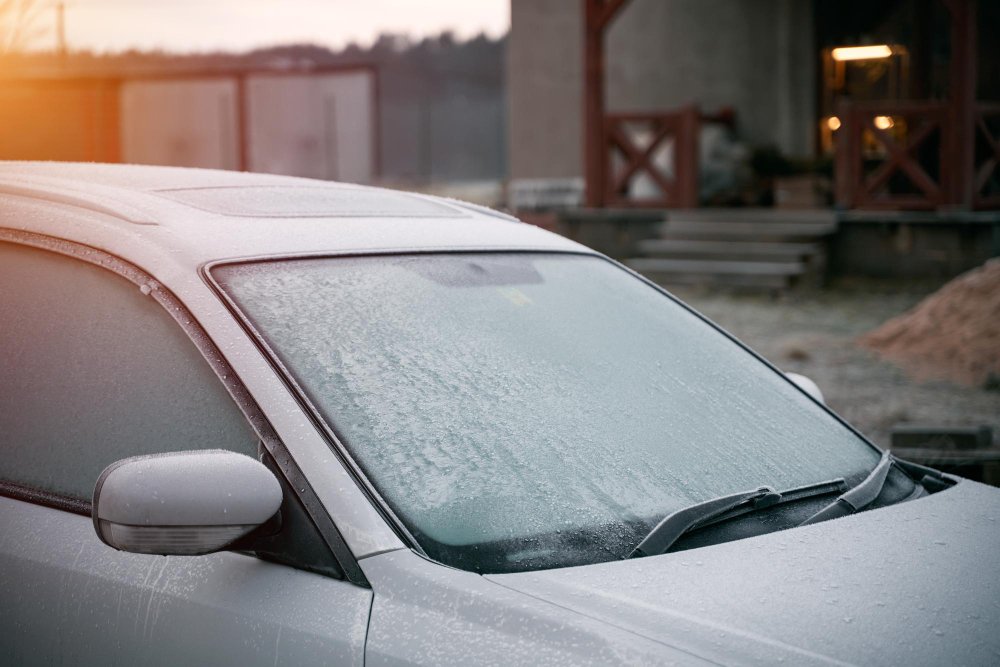Auto Window Tinting: Locate the most effective Offers and Quality Providers Close-by
Auto Window Tinting: Locate the most effective Offers and Quality Providers Close-by
Blog Article
Home Window Tinting Laws and Standards: What You Required to Know Before Tinting Your Automobile
Before proceeding with window tinting for your lorry, it is important to acquaint on your own with the diverse laws and guidelines that govern this practice across different states. These laws determine the allowable levels of tint darkness, commonly gauged by visible light transmission (VLT) percentages, and consist of details stipulations for front windshields intended at guaranteeing roadway safety and security.
Summary of Home Window Tinting Laws
Window tinting legislations are regularly based on variation across various jurisdictions, reflecting local laws and safety factors to consider. These regulations dictate the permitted levels of tint darkness and reflectiveness on lorry windows, ensuring that chauffeurs keep sufficient presence while also securing against harmful UV rays and warm.
Most policies categorize home window tinting based upon the Visible Light Transmission (VLT) portion, which indicates the amount of light that can go through the window. Typically, reduced VLT percentages indicate darker colors. Legislations usually differentiate in between the front, side, and back home windows, with stricter restrictions put on the front windscreen to improve security for both the driver and other roadway users.
Furthermore, some territories enforce limitations on the reflectivity of the tint, stopping extreme glare that might harm presence. Exceptions to these laws might exist for people with certain medical problems needing additional sunlight defense. Conformity with home window tinting guidelines is vital, as violations can cause penalties, compulsory elimination of the color, and prospective increases in insurance costs. It is important for car proprietors to acquaint themselves with neighborhood regulations before proceeding with home window tinting setups.
State-by-State Color Laws
Comprehending the particular home window tinting laws in each state is important for automobile owners looking for to comply with the law. Each state in the united state has actually developed its own set of policies regulating window tinting, which can vary considerably. These guidelines often determine the permitted degrees of color darkness, the kinds of windows that can be tinted, and any kind of clinical exceptions that may apply.
As an example, states like The golden state have strict limitations on tint darkness for front home windows, while others, such as New Mexico, may allow darker colors. Furthermore, certain states mandate particular visibility portions for different home windows, including the windshield, front side home windows, and rear home windows. It is important for vehicle proprietors to familiarize themselves with their state's regulations to avoid prospective fines or penalties.
Moreover, some states might call for an accreditation sticker to be put on tinted windows, suggesting conformity with state legislations. Failing to adhere to these guidelines not just risks lawful consequences yet can also impact safety and visibility while driving. Lorry owners need to perform comprehensive research or seek advice from local authorities to make sure complete understanding and compliance with state-by-state color guidelines.
Allowed Color Degrees and Kinds
Many vehicle proprietors might be stunned to learn that allowed color degrees and kinds differ widely across various states. Each state has developed its own policies pertaining to the permissible darkness and reflectivity of home window tint, commonly measured by Visible Light Transmission (VLT) portions. VLT refers to the quantity of light that can pass through the tinted home windows; hence, a reduced percentage suggests a darker tint.

Furthermore, the sorts of tint materials enabled can vary, with some states prohibiting mirror-like or metallic surfaces. It is crucial for car owners to familiarize themselves with their state's particular legislations to make sure compliance. Non-compliance can result in fines, required elimination of the color, or other legal repercussions, making it crucial to understand these policies before waging installation.
Medical Exemptions for Tinting
While not all states give allocations for clinical exceptions relating to home window tinting, those that do recognize the necessity for specific individuals to boost exposure and convenience as a result of medical conditions. Different useful link medical problems, such as lupus, skin cancer cells, and certain eye problems, can provide people specifically delicate to sunshine. These people may require darker tints to safeguard themselves from dangerous UV rays and glare.

It is necessary to keep in mind that despite having a medical exception, there might still be limitations on the level of tint allowed. Compliance with state laws ensures that individuals are both secured and within lawful restrictions. Those taking into consideration medical exceptions should contact their neighborhood Division of Electric motor Autos or comparable authority to understand the treatments and needs necessary to apply for an exemption properly.
Fines for Non-Compliance
Stopping working to abide by home window tinting legislations can cause significant fines, which vary by state. Police are encouraged to issue citations for vehicles that do not stick to the defined tinting laws. These fines normally include penalties, which can range from modest quantities to a number of hundred bucks, relying on the seriousness of the infraction and the state concerned.
In some jurisdictions, duplicated offenses may cause escalating penalties or extra fines, such as required court appearances. Non-compliance may require the removal of illegal tinting, frequently at the owner's expense. In extreme instances, regular transgressors might encounter suspension of their vehicle enrollment till conformity is accomplished.
Furthermore, insurance coverage implications might occur from receiving several citations for window color violations. Insurers might watch such offenses as an indicator of riskier actions, possibly bring about raised premiums or difficulty in coverage.
To avoid these fines, it is vital you can look here for car owners to familiarize themselves with their neighborhood home window tinting legislations and make sure that their lorry complies (Window Tinting). This positive method not just avoids legal implications but also promotes road safety and security
Verdict

Many regulations classify window tinting based on the Visible Light Transmission (VLT) percent, which suggests the amount of light that can pass through the window. Compliance with home window tinting regulations is crucial, as offenses can result in fines, obligatory removal of the color, and potential boosts in insurance coverage costs.Understanding the details window tinting policies in each state is her explanation crucial for car owners seeking to conform with the regulation. These policies commonly determine the allowed degrees of tint darkness, the kinds of home windows that can be tinted, and any clinical exemptions that may apply.
For circumstances, states like California have strict limitations on tint darkness for front windows, while others, such as New Mexico, might enable darker colors.
Report this page